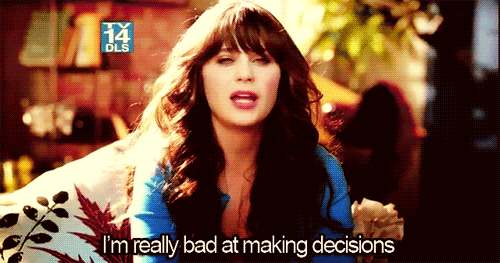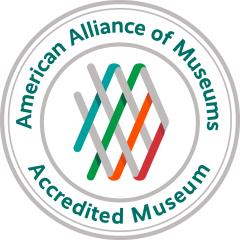For many people, museums are like Disney or Busch Gardens, they’re there to have a good time but have no idea how the organization works, all the people they don’t see and all the hard work being put into their enjoyment. So in order to begin to rub away the opaqueness and bring in some transparency into this secret world, I asked some of my friends on Facebook if they had any questions regarding how museums worked or of the museum field itself.
“Do you have to be a history major to work in a museum?”
- From Meredith Eddy
Absolutely not! The museum field is multidisciplinary. There are so many different jobs and skill sets needed for most museum jobs. In a 2012 museum salary study done by the American Alliance of Museums (AAM) they completed a list of most of the jobs commonly found in museums.

Keep in mind that not ALL museums have each position. Some smaller museums have a handful of employees that handle several tasks. It’s also important to remember that there are so many different types of museums. Science, art, anthropology, aquariums and zoos (Yes! They’re museums too!), natural history, and children’s museums are just some of the different types of museums out there. They will need persons from all different majors and specializations so that the museum can properly function.
“How do museums decide what exhibits to make and what to put in them?”
- From Amanda Ward
I could write an entire book on this (and people have) but I’ll be as brief as possible.
Exhibits are created to fulfill a need. People expect to see an exhibit when going to a museum, so new museums usually start with one and add more if there is room or rotate it with another exhibit. If an exhibit becomes too old or irrelevant (and other reasons), a new exhibit is made.
The process of exhibition development is a long and detailed one. From planning and development to the actual unveiling, the whole process could take anywhere from 1 year to 10 years, depending on the size of it. Typically, they start with the museum’s mission. If the exhibit doesn’t reflect the mission and speak to a target audience people will get confused or upset; all the time and money spent will be wasted.
 As for what goes in them, collections managers and curators start with what they already have. It’s less of a hassle for them if they have something that helps them tell the story and message they wish to convey. If they don’t they can go looking for an object to buy, but if they don’t have much money for purchases that is a tough route to go down (And the process of accessioning, or officially making the object a part of your collection, take a lot of time). An object can also be loaned from another museum. For more, the Powerhouse Museum has a guide on how to create an exhibition.
As for what goes in them, collections managers and curators start with what they already have. It’s less of a hassle for them if they have something that helps them tell the story and message they wish to convey. If they don’t they can go looking for an object to buy, but if they don’t have much money for purchases that is a tough route to go down (And the process of accessioning, or officially making the object a part of your collection, take a lot of time). An object can also be loaned from another museum. For more, the Powerhouse Museum has a guide on how to create an exhibition.
“Is there some sort of accreditation process? Zoos have AZA for instance.”
- From Alain Del Rio

There sure is! Again, AAM has an accreditation process in which the museum has to fulfill the “Characteristics of Excellence“. These characteristics are in seven categories: public trust and accountability, mission and planning, leadership and organizational structure, collections stewardship, education and interpretation, financial stability, and facilities and risk management.According to the AAM website, “The accreditation process is centered on self-study and peer review and takes 8-16 months to complete, every ten years.” (Cool note: the Tampa History Center is the featured example on the website!*)
There are also standards and best practices that are reasonable and recommended for any museum.
*I grew up in Tampa.
Thank you to Meredith, Amanda, and Alain for the questions! I really enjoyed this and will probably do it again. Keep in mind that I’m still learning everything too and I may have missed something, but I tried to keep it simple. I intend on writing about how Q&A’s like this can help with audience interaction and can assist in transparency for the museum, while allowing them more room for answers than Twitter does. Have a great week and Happy Thanksgiving to my U.S. pals!


I love this idea for a blog post!! Any way that museum employees can spread the love and awareness is great
LikeLike